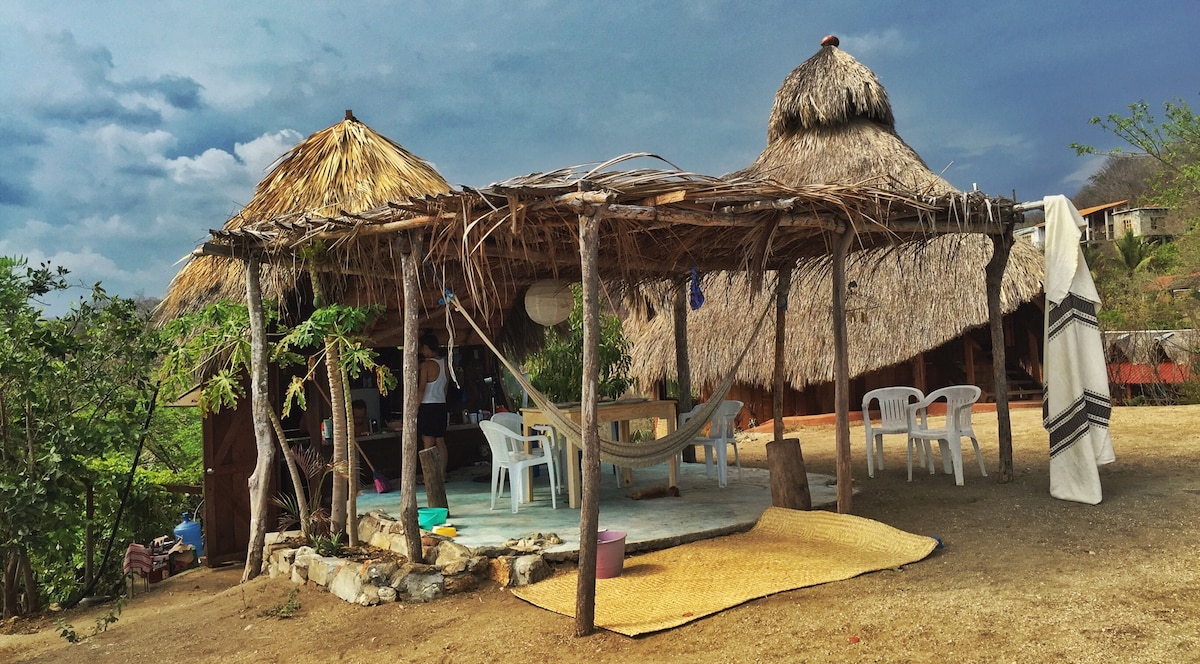LE ZAPPING DU WEB TOUS LES JOURS NOTRE ZAPPING VIDÉO
• • LES 10 PLAGES LES PLUS DANGEREUSES DU MONDE
Les 10 plages les plus dangereuses du monde
À l’heure où arrivent les vacances d’été, nous réfléchissons tous à une destination exotique où l’on pourrait faire du farniente sous les cocotiers tout en sirotant un cocktail de fruits frais. Mais sous leurs airs paradisiaques, certaines plages sont en fait les plus effrayantes du monde. Bancs de requins cachés sous l’eau turquoise, vol à la tire ou pollution… Si vous rechercher l’opposé, consulter notre dossier des 10 plus belles plages du monde !
Du Brésil à l’Australie en passant par Hawaï, découvrez les plages les plus dangereuses du monde.
Du Brésil à l’Australie en passant par Hawaï, découvrez les plages les plus dangereuses du monde.
Île Fraser, Australie
Inscrite au patrimoine mondial de l’UNESCO, l’île Fraser est la plus grande île de sable du monde. Mais derrière ce cadre idyllique se cachent bien des dangers : requins et crocodiles dans l’eau, araignées aux blessures mortelles sur terre… La baignade y est interdite, et la vie pas de tout repos !
Hanakapiai Beach, Hawaï
Depuis le mois de décembre 2008, près de 100 personnes se sont noyées dans cette plage aux apparences trompeuses. Une houle tellement puissante qu’elle peut emporter une personne qui a simplement les genoux dans l’eau.
Zipolite, Mexique
Au sud du Mexique, Zipolite attire foule de touristes depuis les années 70. Un petit coin de paradis qui cache un danger : sa plage. Appelée par les habitants “La Playa de los muertos” (la plage des morts) – d’après la retranscription de son nom dans la langue des Zapotèques-, ses puissants contre-courants sont parmi les plus dangereux du pays !
Plage de Boa Viagem, Brésil
Au Nord-Est du Brésil, le littoral est réputé pour ses eaux chaudes et ses plages somptueuses. Mais dans la ville de Recife, 44 panneaux longent la plage de Boa Viagem pour avertir du danger des requins, qui ont attaqué des baigneurs à 60 reprises dans les 20 dernières années.
Chowpatty Beach, Inde
La plage de Chowpatty, la plus populaire des plages de Bombay, est également l’une des plages les plus polluées du monde… Des tonnes de déchets, de plastique et de verre emportés par les vagues qui rendent cette plage impropre à la baignade.
Acapulco, Mexique
L’ancienne “perle du Pacifique”, qui accueillait dans le passé toutes les stars d’Hollywood, est aujourd’hui au coeur de la guerre des cartels de la drogue. Une ville devenue l’une des plus dangereuses du monde, tout comme sa magnifique baie, longue de 16 kilomètres.
L’atoll de Bikini, îles Marshall
Entre 1946 et 1958, 67 essais nucléaires ont été réalisés sur cet archipel de l’Océan Atlantique. Il est aujourd’hui possible d’y faire du tourisme, mais à la seule condition de signer une décharge indiquant que l’on renonce à toute poursuite en cas de cancer…
Le Triangle Rouge, États-Unis
Au nord de San Francisco, Bolinas Beach fait partie d’une bande côtière de 150 kilomètres appelée le “triangle rouge”, qui comprend également “Stinson Beach” et “Point Reyes”. Un nom donné à cette région pour sa forte concentration en requins blancs, l’une des plus importantes de la planète.
Copacabana, Brésil
Derrière son image de plage idyllique où les femmes jouent au beach-volley en bikini, Copacabana a la mauvaise réputation d’attirer sur son sable tous les voleurs de Rio de Janeiro. Une plage où il ne fait pas bon laisser quelques minutes sans surveillance ses objets de valeur…
Gansbaai, Afrique du Sud
Située à 150 kilomètres de la ville du Cap, Gansbaai est une importante destination touristique d’Afrique du Sud. Appelée aussi “Shark Alley”, elle abrite l‘une des plus grandes populations de requins blancs au monde, dont certains peuvent mesurer jusqu’à 6 mètres de long.
A voir : les plus belles plages du monde.


